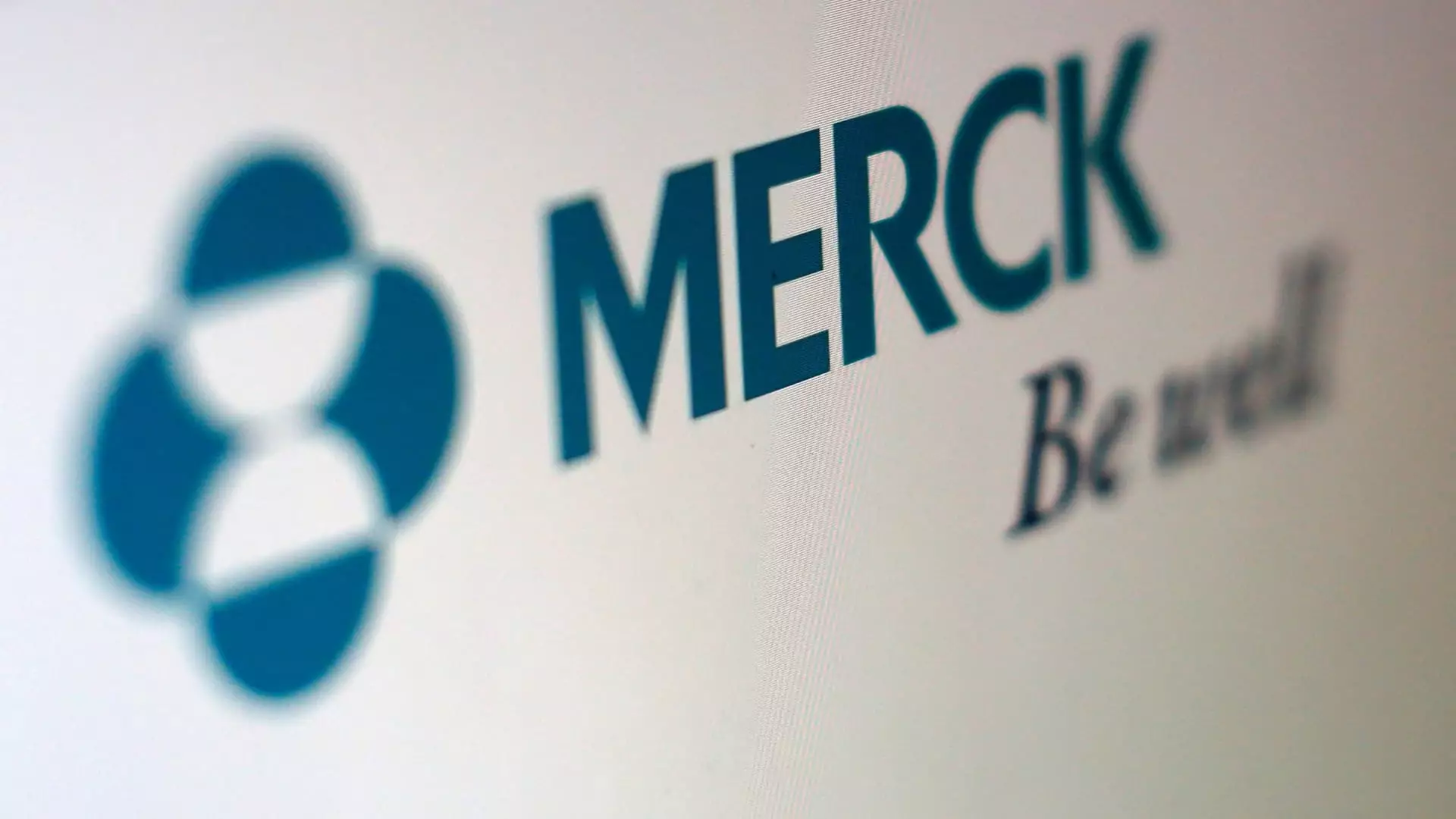The recent approval of Merck’s infant RSV treatment, Enflonsia, by the Food and Drug Administration (FDA) symbolizes a significant turning point in the fight against respiratory syncytial virus (RSV). This disease has long posed a dire threat to the most vulnerable among us—our infants. A shot that can significantly reduce the likelihood of hospitalization and severe complications in infants is a triumph worth celebrating. The proactive launch of the drug ahead of the RSV season signifies Merck’s ambitious commitment to safeguarding the health of newborns as RSV cases typically surge in the fall and winter months.
While Merck’s entry into the market may be hailed as a boon for infant health, the competitive dynamics introduced by Enflonsia should not be downplayed. It throws down the gauntlet to existing players like Sanofi and AstraZeneca, who have previously dominated this niche but crucial market with their own RSV treatment, Beyfortus. However, competition should be viewed positively; it often drives innovation and enhances the quality of care provided to families.
Competitive Edge and Market Implications
What sets Enflonsia apart from Beyfortus is its universality in administration, as it can be given to infants independent of their weight, unlike its competitor. This feature not only streamlines the process for healthcare providers but also mitigates the challenges faced by parents who worry about correct dosing—this convenience cannot be overstated in terms of overall impact on care and accessibility.
Sanofi’s aggressive measures to boost Beyfortus’ supply, albeit in response to previous shortages, reflect the fear of being overshadowed in a rapidly evolving market. However, the demand has already surged dramatically, evidenced by Beyfortus generating nearly $1.8 billion in sales last year. This makes the battle for market share intensively lucrative but also daunting, especially as RSV remains a leading cause of hospitalization in newborns. Thus, the health implications of Merck’s drug extend beyond mere numbers; they resonate with real family lives and financial outcomes for healthcare systems.
A Critical Eye on Regulatory Measures
While it’s commendable that the FDA has acted with urgency in rolling out a new treatment, one must scrutinize the thoroughness of its vetting process. The history of pharmaceutical companies rushing drugs to market under the pressure of competitive urgency raises questions about safety and efficacy. Though Enflonsia demonstrated a notable reduction in RSV-related hospitalizations—over 84%—I can’t help but wonder if these numbers are being presented with the appropriate context. It’s essential to ensure that the treatment’s long-term effects are well understood before it becomes a mainstream option for families.
The FDA has taken a cautious approach with the pause on RSV vaccine testing in young children due to safety concerns. One has to ask: are we prioritizing quick solutions over thorough safety evaluations? This duality in regulatory measures must be navigated delicately, as our most vulnerable populations deserve nothing less than comprehensive oversight.
Future Prospects in RSV Treatment
The landscape of RSV treatment is expanding, with other pharmaceutical giants like Pfizer, GSK, and Moderna also developing their vaccines, albeit primarily for adults and pregnant women. The dynamic opens the door for a plethora of options for families. It’s critical to foster a collaborative environment among these entities to improve overall outcomes rather than drive competition that may lead to chaos in accessibility.
However, the approaches should never compromise safety, which should remain a top priority. Upcoming meetings of vaccine advisors at the Centers for Disease Control and Prevention could be pivotal in establishing guidelines that will shape the standards for the various RSV vaccinations and treatments in children.
With such significant strides occurring in RSV treatment, society stands on the cusp of a real breakthrough. Enflonsia’s introduction is just the beginning. As we look ahead, we should embrace an optimistic yet cautious stance, fostering a landscape where innovation meets rigorous safety standards. It is an opportunity for stakeholders to cultivate a health-focused culture prioritizing infant protection, truly resonating with the values of responsibility and compassion in healthcare.

